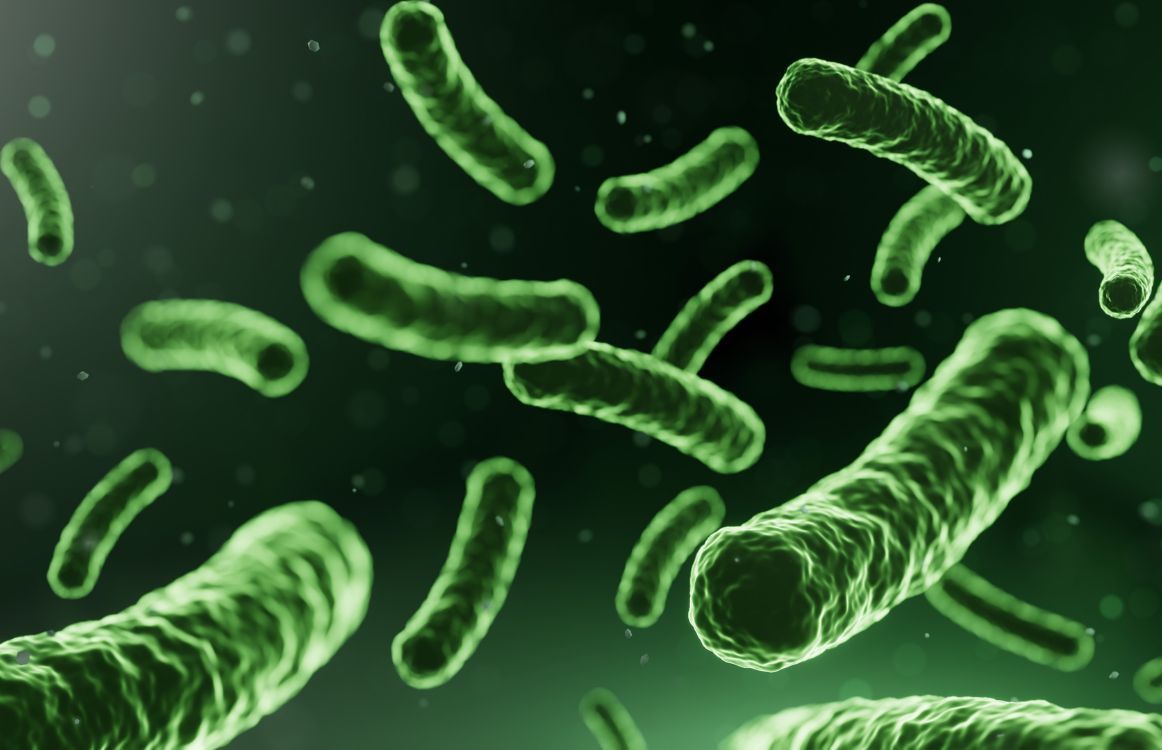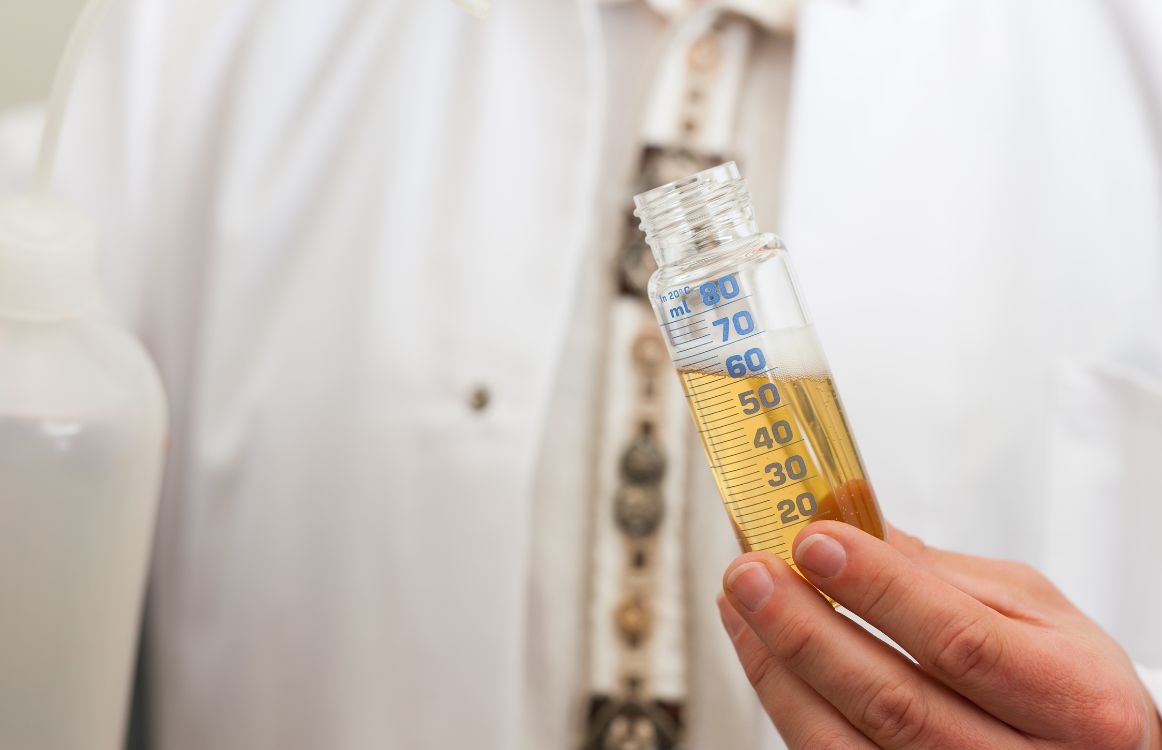Bacteria Used to Make Beer

Once upon a time, bacteria in beer were completely normal. Today, bacteria used to make beer is a much more calculated process. Thus, for brewers, striking the balance between ridding the environment of spoilage bacteria and potentially welcoming bacteria for experimental brews can be both essential and tricky.
Are There Bacteria in Beer?
No. Typically, today you will not find bacteria in most beers produced in large or small breweries.
Why?
Because bacteria, by their very nature do not do well in beer.
In the beginning of time on earth, three basic life forms existed. Two of those life forms were bacteria. The first is known as Archaea, the very first life form on earth. The second is Bacteria, which we know today as the true bacteria. The third is Eukarya, which is where all plant and animal life comes from.
The basic concept of life on earth is that Bacteria evolved from Archaea and Eukarya evolved from Bacteria.
Yeast and fungi, which are cousins, are plant life forms that belong to the Eukarya domain.
What sparked these evolutions is likely competition for food. Life had to get better and better at finding energy sources and consuming them efficiently so as to gain more energy than it lost.
Thus, yeast and bacteria are in constant competition for food sources, and yeast is simply better at this competition.
For this reason, when grains are germinated, toasted, ground, and steeped in water, yeast typically get to the sugars in the beer wort first and make quick work of those sugars for energy, leaving very little for any existing bacteria to work with.
By the time the yeast cells begin working, they create an environment that is highly inhospitable to most bacteria. The acid levels are too high, the nutrients bacteria would crave are mostly gone, and the alcohol created during fermentation will kill more than 99% of bacteria.
It is this exact circumstance that led generations of humans to make and serve beer at every meal for every family member, regardless of age, as a means of hydration.
They learned quickly that the elements of beer were much safer to consume than were the elements of any running water source.
Still, there are some bacteria that can survive in beer, and they can be both wanted and unwanted, depending on the bacteria and the end goal of the beer.
Lactic Acid Bacteria in Beer
Lactobacillus and Pediococcus are the two most common wanted bacterial strains in beer. Both are used frequently during fermentation to consume sugars and produce lactic acid, which creates a souring effect.
You’ll find lactic acid in other fermented foods like yogurt, kimchi, pickles, kombucha, kefir, and more. This helpful bacterium allows for the creation of probiotics, which help humans develop and maintain a healthy gut. According to many doctors and nutritionists, a healthy gut is a root to overall wellness.
The problem with lactic acid in beer is when it arrives unwanted. Most beers are not meant to be sour.
How Is Bacteria Used to Make Beer?
Throughout history, brewers typically made beer in an open air vessel. This approach meant that grains were steeped in water and then left for yeast to naturally ferment the wort over a period of days.
The problem many brewers have today with this naturalist strategy is that an open air fermentation vessel allows bacteria to enter the wort as well and get to work competing for sugar with the yeast.
If this invasion is unwanted, you end up with a sour beer.
Before we understood the role of yeast, bacteria, and hygiene, brewers simply shrugged this invasion off. They had little understanding of how to welcome yeast and inhibit the entrance of bacteria.
Today, most brewers hoping to prevent bacteria from entering wort know to brew in an airtight fermentation vessel with an airlock for releasing carbon dioxide.
Those who want to introduce bacteria for souring purposes will introduce the bacteria along with the yeast, or right after, and then close the vessel so no unwanted bacteria, or even wild yeast, can enter.
From that point, the yeast and the bacteria work in concert to consume the sugars and do their part to produce what they will — yeast will produce alcohol, carbon dioxide, and secondary metabolites relating to flavor, aroma, and nutrients, and bacteria will produce lactic acid.

Bacteria in Beer Lines
It is important to remember that many of the bacteria found in a brewery are the spoilage kind. You can find bacteria in beer lines and taps, on surfaces, and even in cracked and otherwise damaged vessels. Any chance bacteria get to grow on the sugars and nutrients found in beer, it will take.
When uncontrolled, bacteria can lead to myriad unwanted flavors that will throw a beer off and require that you throw the beer out.
You can find buttered popcorn and even baby vomit flavors as a result of unwanted bacteria that are impossible to remedy.
Thus, it is essential you clean your beer lines and other equipment regularly, every couple of weeks, so that you can maintain total control over the bacteria in your environment.
The last thing you want is a wasted batch.
In the end, you might enjoy experimenting with bacteria used to make beer, and it is helpful to note that our ancestors have been working with it for thousands of years. This reality points to a critical reminder — to date, no human pathogens have been found that are not killed by beer. So, while you certainly have to consider unwanted flavors and aromas, you have little to worry about in terms of making your loyal fans sick.
So, play with bacteria in beer and see what results they yield for you.
Cheers!
Are you still pitching fresh yeast every time? By reusing your yeast, you can save up to hundreds of thousands of dollars per year on just yeast alone!
Join the hundreds of brewers from all around the world using the Smartest Automated Yeast Cell Counter! Request a Free Demo Account today and experience firsthand how Oculyze can take your brewery to the next level!
Sources:
Stay on top on important fermentation insights – subscribe to our monthly newsletter and receive a hand-picked selection of our most relevant articles straight to your inbox.
Never miss a beat and get real time updates with a new article each workday by subscribing our social media channels.
Instagram | Facebook | Twitter | YouTube


